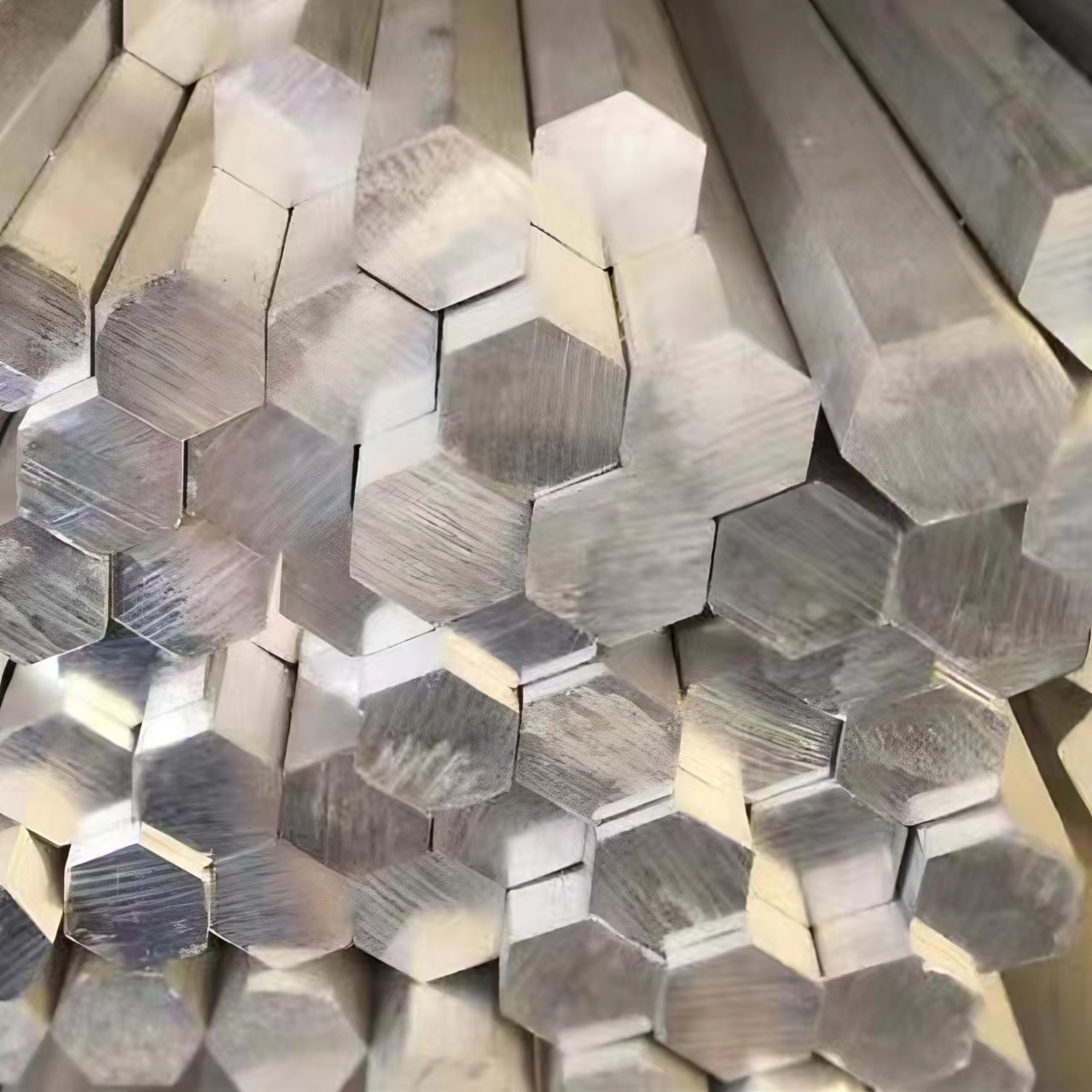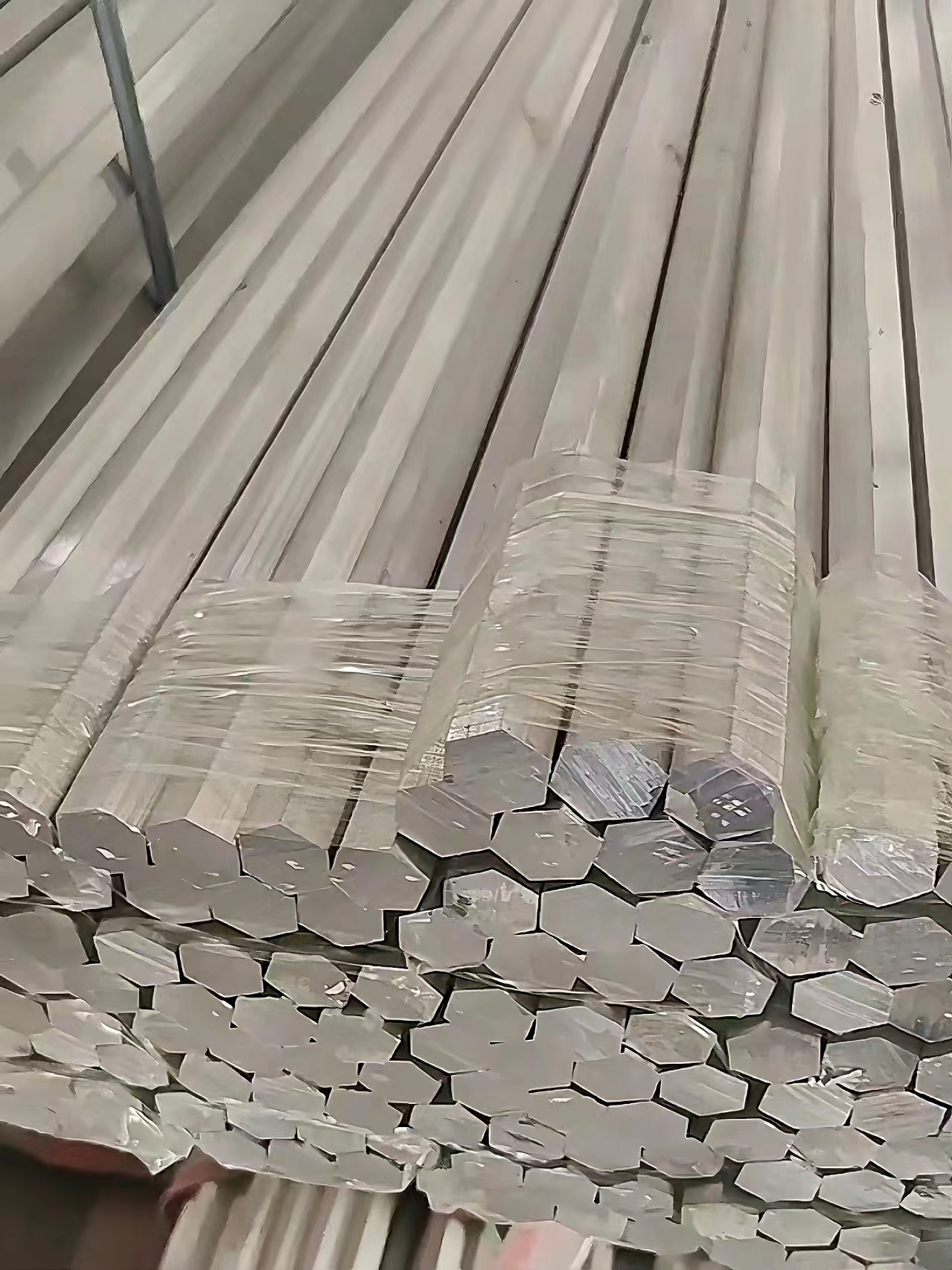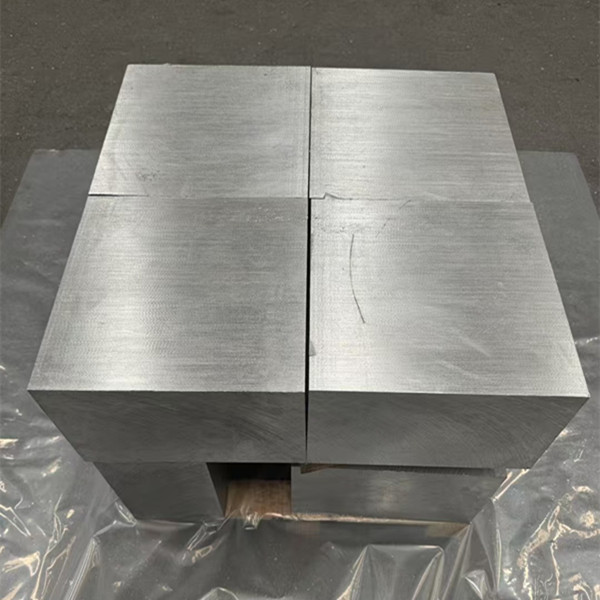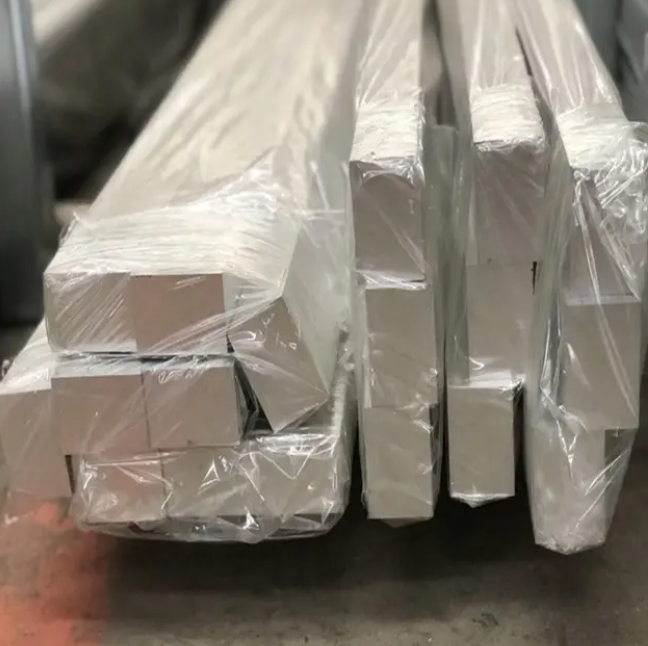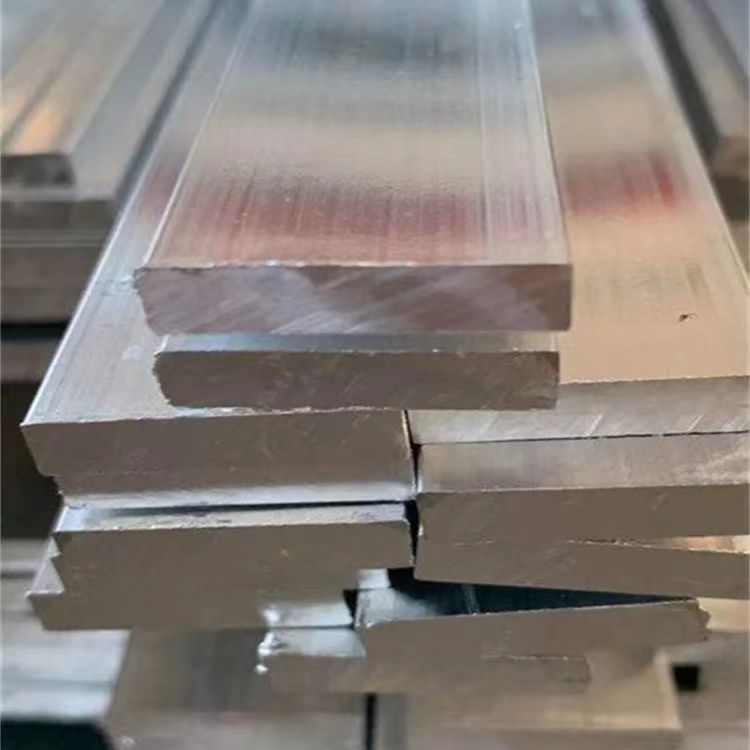China Aluminum Hexagon Bar 6061 T651 Supplier
What is aluminum hex bar 6061 T651?
6061 T651 aluminum hexagon bar is a type of aluminum alloy bar with a hexagonal cross-section. The "6061" refers to the specific alloy, "T651" indicates the temper or heat treatment applied to the metal. 6061 T651 aluminum hexagon bars come in various sizes, typically specified by the distance across the flats (AF). Common sizes range from small bars with an AF of 1/4 inch to larger bars with an AF of several inches. Lengths can vary, but standard lengths are usually 12 feet or custom lengths based on specific requirements.
Chemical Composition
The chemical composition of 6061 T651 aluminum is as follows:
Aluminum (Al): 95.85 - 98.56%
Magnesium (Mg): 0.8 - 1.2%
Silicon (Si): 0.4 - 0.8%
Iron (Fe): 0.0 - 0.7%
Copper (Cu): 0.15 - 0.4%
Zinc (Zn): 0.0 - 0.25%
Titanium (Ti): 0.0 - 0.15%
Manganese (Mn): 0.0 - 0.15%
Chromium (Cr): 0.04 - 0.35%
Residuals: 0.0 - 0.15%
Mechanical Properties
6061 T651 aluminum is known for its good mechanical properties, including:
Ultimate Tensile Strength: 310 MPa (45,000 psi)
Yield Tensile Strength: 275 MPa (40,000 psi)
Fatigue Strength: 96.5 MPa (14,000 psi)
Shear Strength: 207 MPa (30,000 psi)
Hardness: 95 Brinell
Elongation at Break: 12% (for thicknesses 1.6 mm and above)
Modulus of Elasticity: 68.9 GPa (10,000 ksi)
What's the difference of cold finished and extruded of 6061 T651 aluminum hexagon bar
The terms "cold finished" and "extruded" refer to different manufacturing processes for 6061 T651 aluminum hexagon bars, each with distinct characteristics and applications. Here's a detailed comparison:
Extruded 6061 T651 Aluminum Hexagon Bar
Process
Extrusion: The aluminum is heated and forced through a die to create a continuous shape with a hexagonal cross-section. This process allows for the production of long bars with consistent cross-sectional dimensions.
Characteristics
Surface Finish: Typically has a rougher surface compared to cold finished bars.
Dimensional Tolerances: Generally looser tolerances compared to cold finished bars.
Mechanical Properties: May have slightly lower mechanical properties than cold finished due to the heat involved in the extrusion process.
Stress Relieving: The T651 temper indicates that the material has been solution heat-treated, stress-relieved by stretching, and artificially aged, which improves its mechanical properties and stability.
Applications
General Structural Applications: Used where surface finish and tight tolerances are not critical.
Construction: Structural supports and frameworks.
Machinery: Components that require moderate precision.
Cold Finished 6061 T651 Aluminum Hexagon Bar
Process
Cold Finishing: After extrusion, the aluminum bar undergoes additional processing at room temperature. This can involve drawing, rolling, or grinding to achieve the desired dimensions and surface finish.
Characteristics
Surface Finish: Smoother and more refined surface compared to extruded bars.
Dimensional Tolerances: Tighter and more precise tolerances than extruded bars.
Mechanical Properties: Enhanced mechanical properties due to work hardening during the cold finishing process.
Stress Relieving: Similar to extruded, the T651 temper indicates it has been solution heat-treated, stress-relieved by stretching, and artificially aged.
Applications
Precision Machining: Ideal for components requiring high precision and smooth surface finishes.
Aerospace: Critical structural components that demand tight tolerances and superior surface quality.
Automotive: High-performance parts and fittings.
Machinery: High-precision shafts, gears, and other components.
Key Differences
Surface Finish:
Extruded: Rougher, suitable for general structural applications.
Cold Finished: Smoother, suitable for precision machining.
Dimensional Tolerances:
Extruded: Looser tolerances.
Cold Finished: Tighter tolerances.
Mechanical Properties:
Extruded: Slightly lower mechanical properties due to the heat involved in extrusion.
Cold Finished: Improved mechanical properties due to work hardening.
Applications:
Extruded: Used in applications where surface finish and tight tolerances are less critical.
Cold Finished: Preferred for high-precision and high-performance applications.
